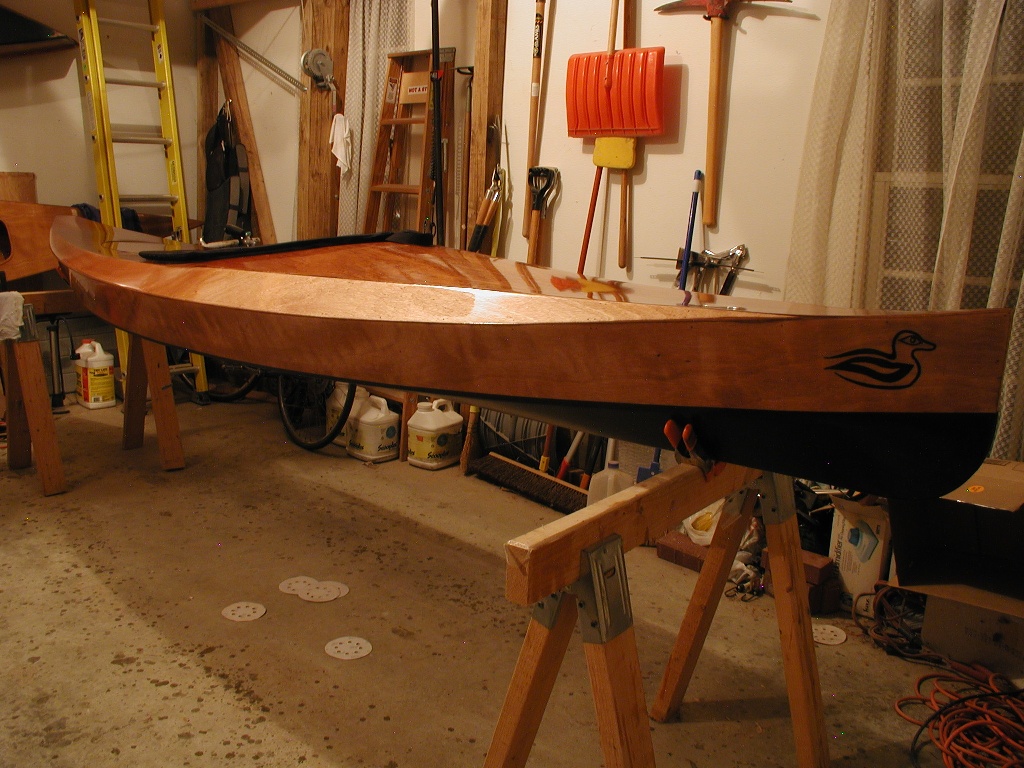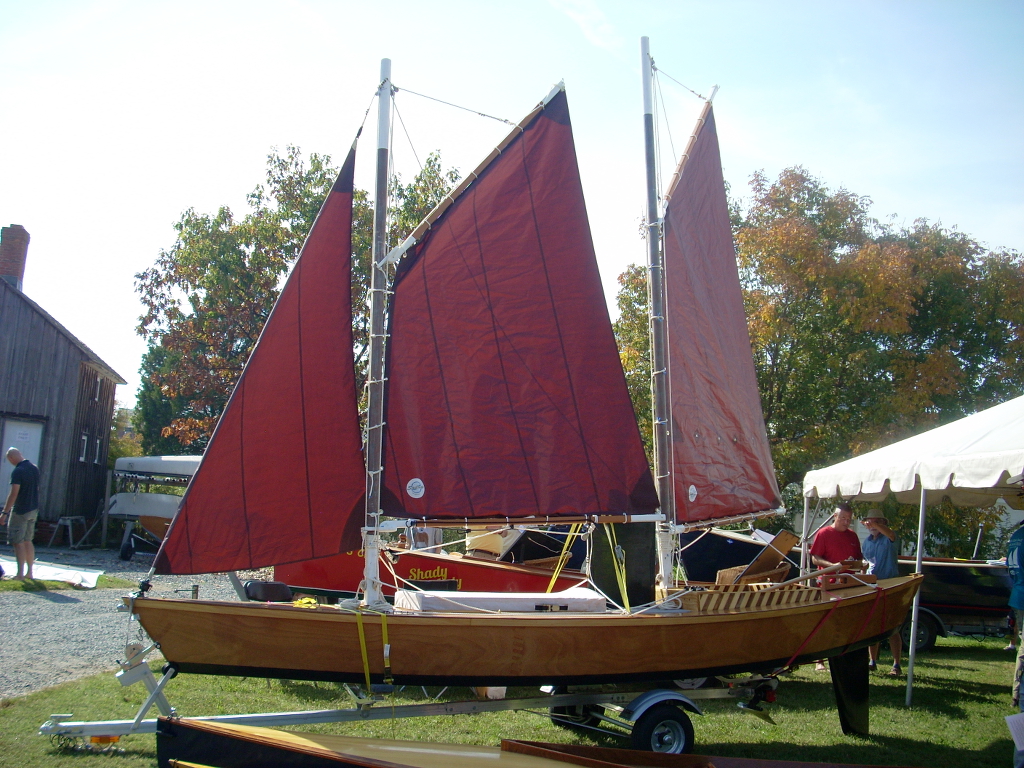Builders' Forum |
|
| ↓ Scroll to Last Comment ↓ | Forum Guidelines | Builders' Forum | |
Hey Pals, again,
I have questions, many questions. Ok, only two this time.
I’ve been using cel-o-fill-graphite-epoxy mix for my kick up rudder. I’ve been thickening with cel-o-fill and using just enough graphite to get a good rich black.
1: Is there a preferred formula for “bottom paint” applications of do I just wing it?
2: Is there a reason to use cabosil vs. celofil for bottom coating?
3: Will subsequent coats of epoxy stick to graphite mix layer?
OK, that was three but what the heck.
9 replies:
RE: gray goop
Thanks Lazlo but now I’m more confused. For bottom protection wouldn’t I want a hard (cabosil) slippery surface rather than a soft one? Also, I’d assumed UV protection would stem from the opaque nature of graphite - light doesn’t pass through more than a few nanometers of surface. I made a quick and dirty repair using cabosil thickened epoxy. It showed UV damage after a two summers while areas with graphite added show none. Have any theories? Thanks for illustrating difference between celofil and cabosil, most descriptions imply they are interchangeable.
Cheers,
e
RE: gray goop
For bottom protection, slippery is better than hard (on the outermost layers). Hard resists the sharp object, but some (like oyster shells) are too sharp to resist or (like steel) too hard to resist. In that case, you need to get slippery so that the object cannot get a purchase and start the scratch. (think of trying to bite a live eel).That's best done with pure graphite. When you add enough to achieve that level of slipperiness, the softness is unavoidable. I use 50% by volume.
In my example I was contrasting graphite for scratch protection with graphite for UV protection. For the latter, you need less graphite, but it will still end up dark black. It's also reasonable to make it a harder surface, so you can add cab-o-sil. Something like 10 - 25% graphite by volume is good. You're absolutely right that without graphite there is no UV protection. I was not suggesting using cab-o-sil in lieu of graphite; it was in addition to.
Hope this clears things up.
RE: gray goop
Laszlo,
Wood surfaces treated with epoxy / cab-o-sil and graphite truly need no varnish to protect the surfaces from UV degradation? That would seem to make for much less maintenance work over the years.
Thanks very much for your frequent forum posts.
Mark
RE: gray goop
Mark,
They truly do not as long as there is enough graphite. My sailing dinghy was finished 9 years ago and it has the original unvarnished graphite/epoxy bottom (+ some scratch fixes - oyster shells always win).
Laszlo
RE: gray goop
Lazlo, just out of curiosity where do you stop the graphite mix coat. just below the waterline boot stripe?
Thamks, Michel
RE: gray goop
Depends on the boat. On my kayaks, it's just above the stitch holes so it covers them and the joint between the bottom and sides.

On my larger boats, it's about 2" above the chines.

In general, justput it where you would normally put bottom paint.
Have fun,
Laszlo













RE: gray goop
» Submitted by Laszlo - Thu, 3/29/18 » 5:50 AM
It all depends on why you're using graphite/epoxy. If you want a scratch-resistant finish, it should be soft and slippery, which argues for lots of graphite and no other fillers. If you want an epoxy finish that needs no varnish, you use smaller amounts of graphite and add fillers. Cab-o-sil makes the surface harder than just epoxy. It also makes it smoother to spread. Cel-o-fill makes it thicker and easy to sand. New coats stick very nicely if you lightly sand the old coats first.
I use 50:50 graphite/epoxt by volume for my boat bottoms these days.
Have fun,
Laszlo